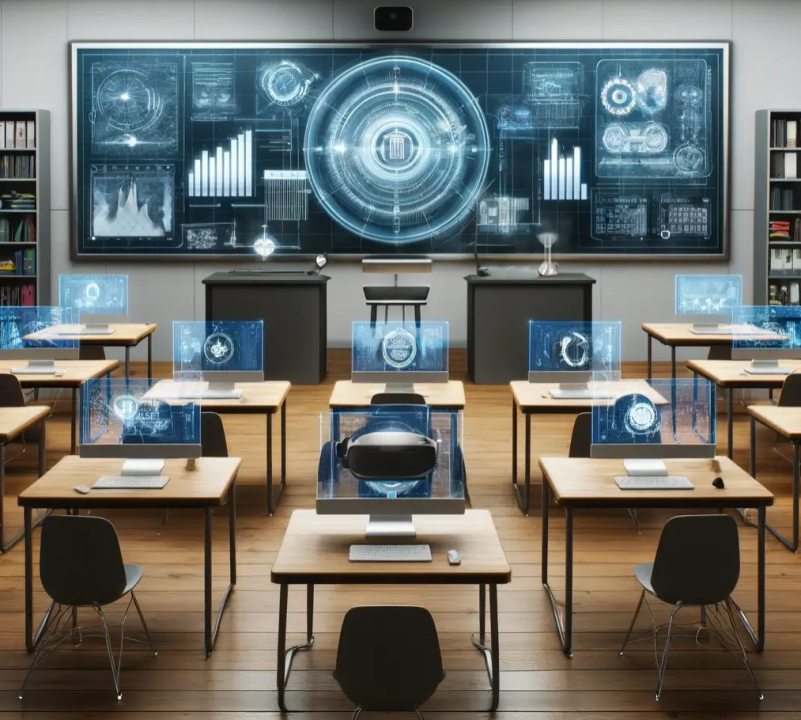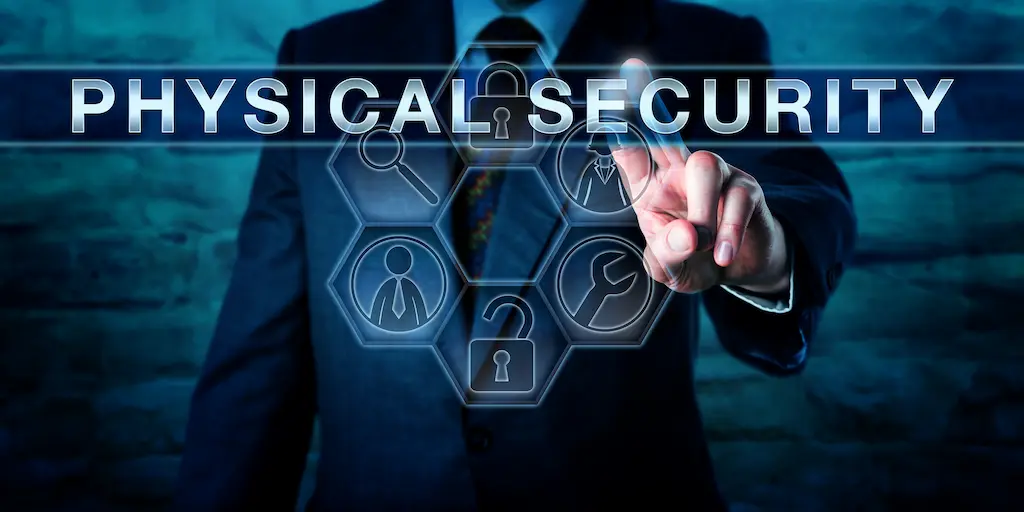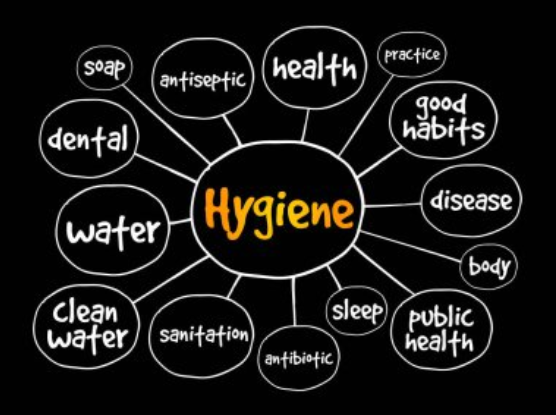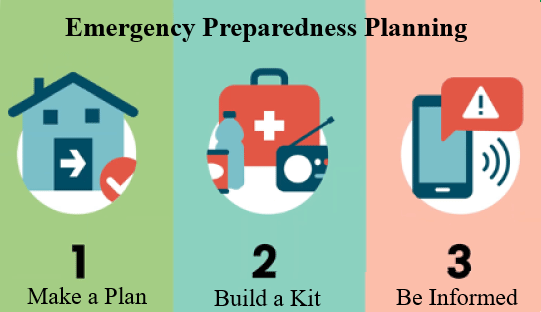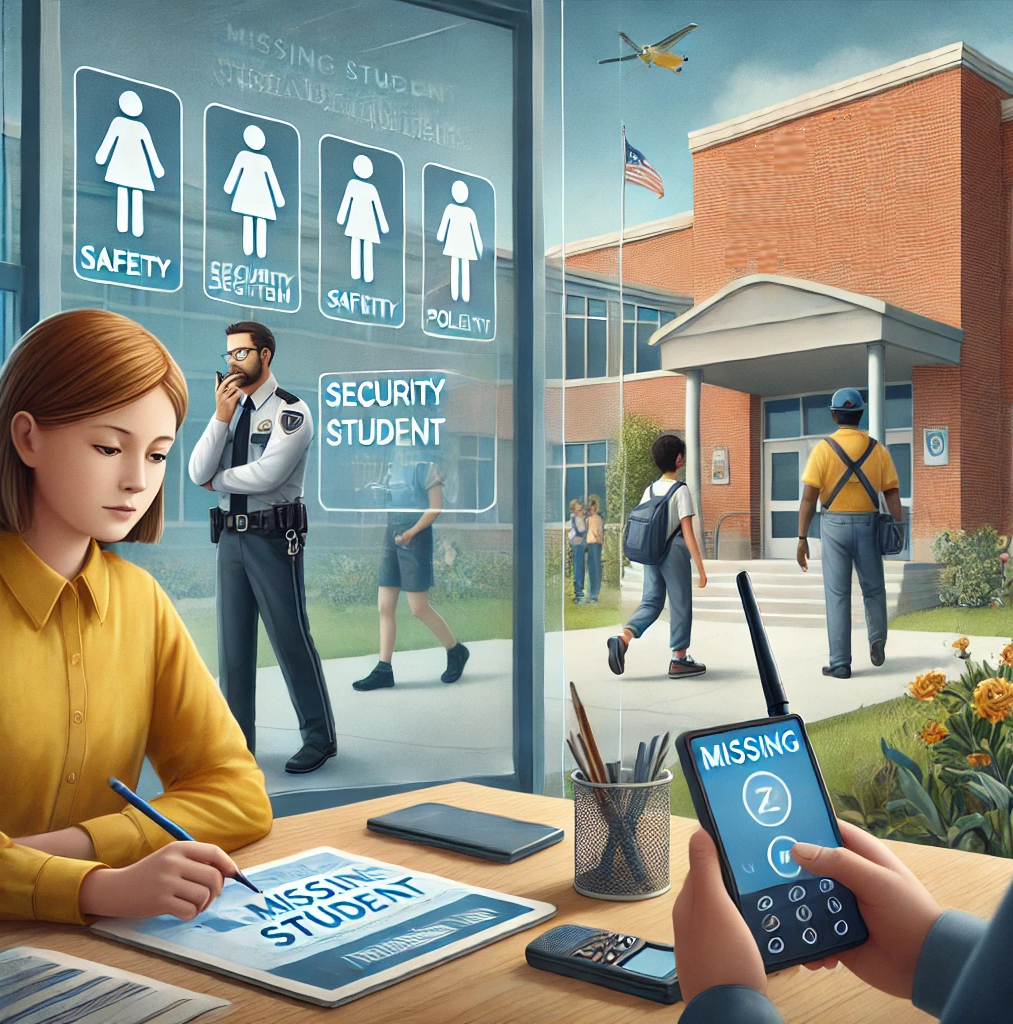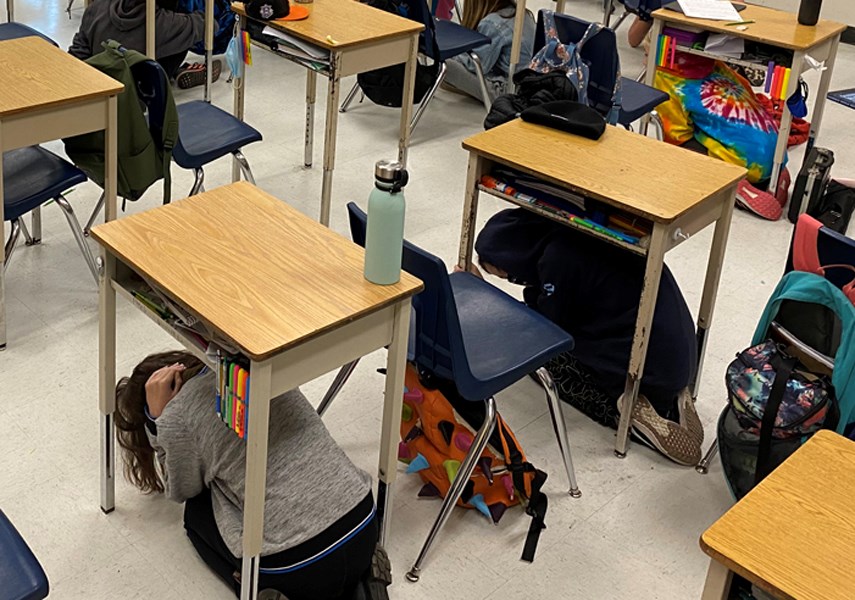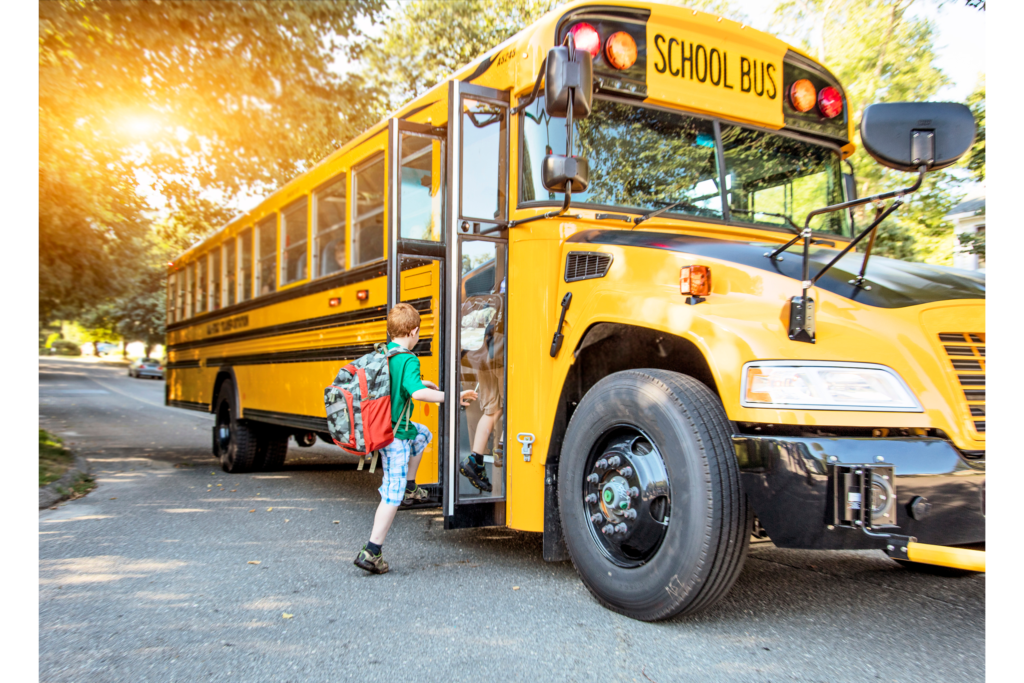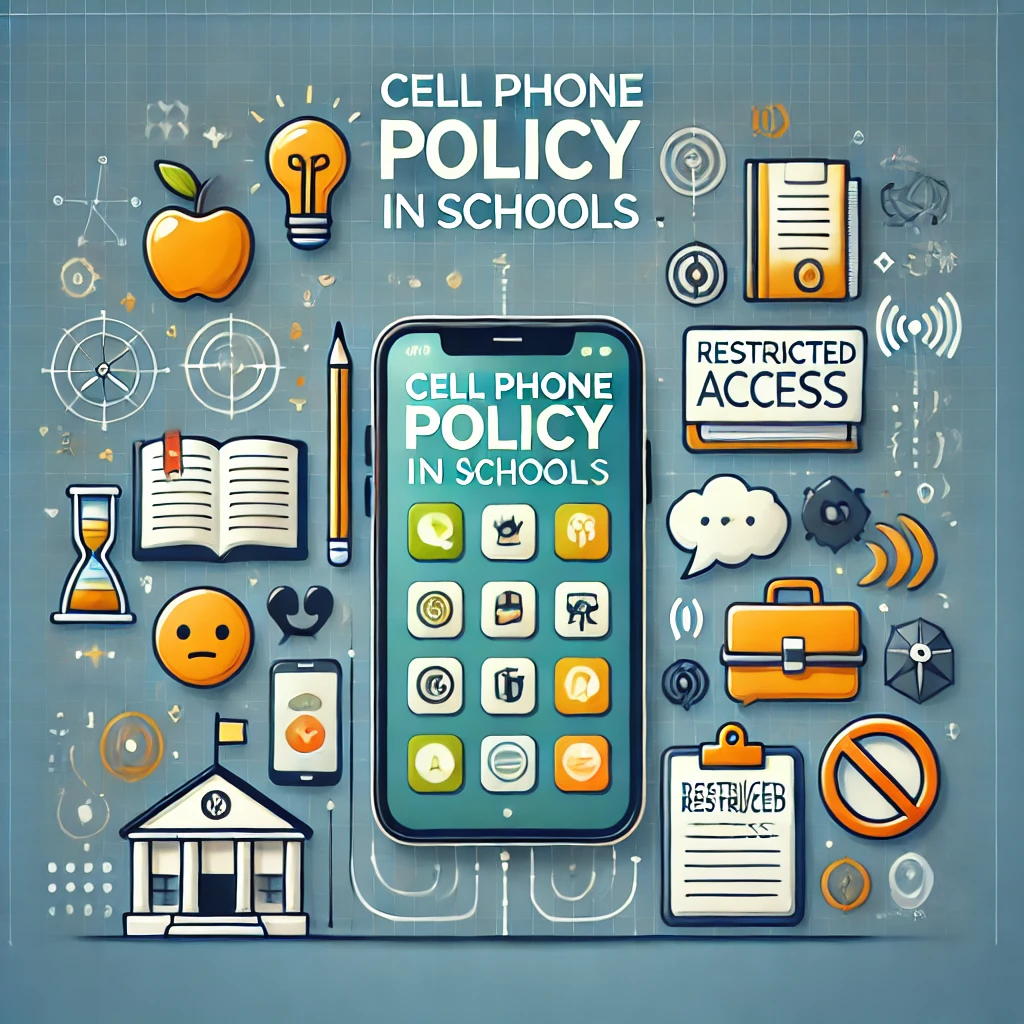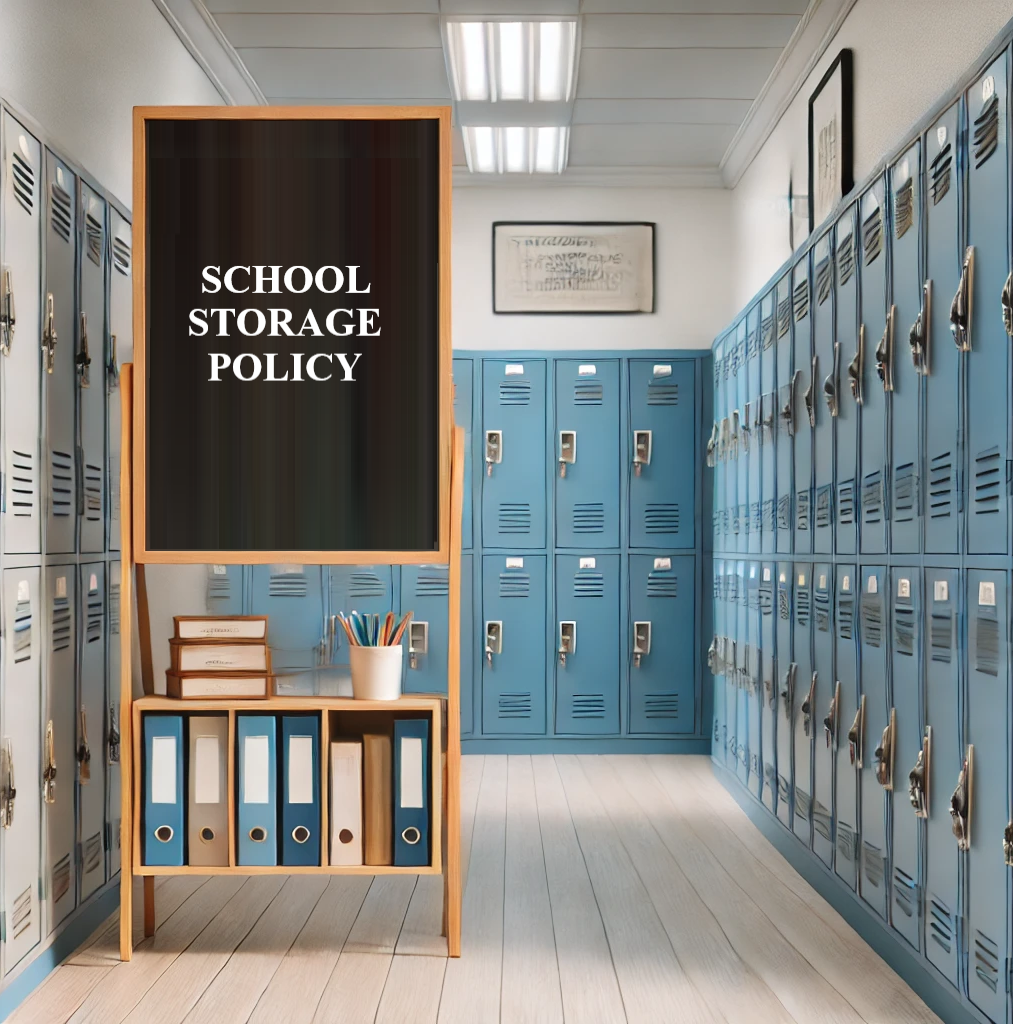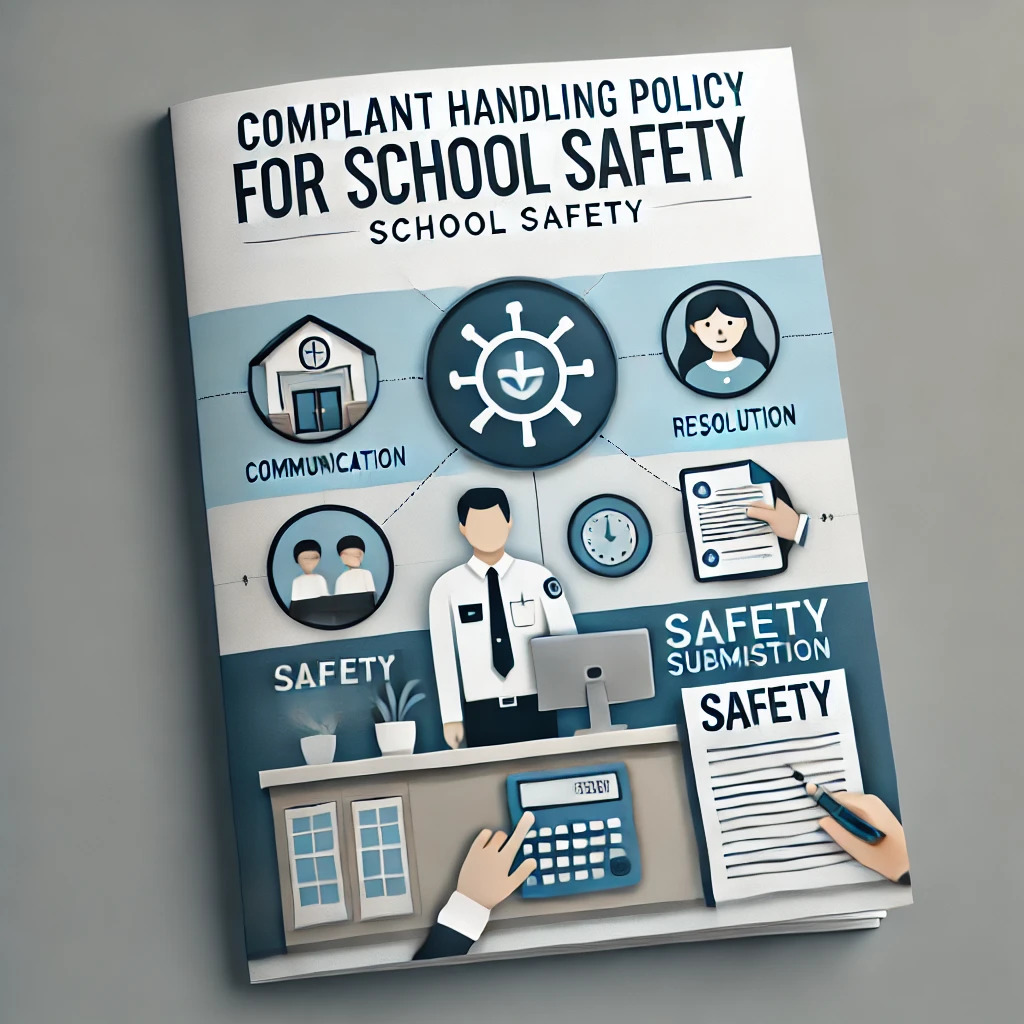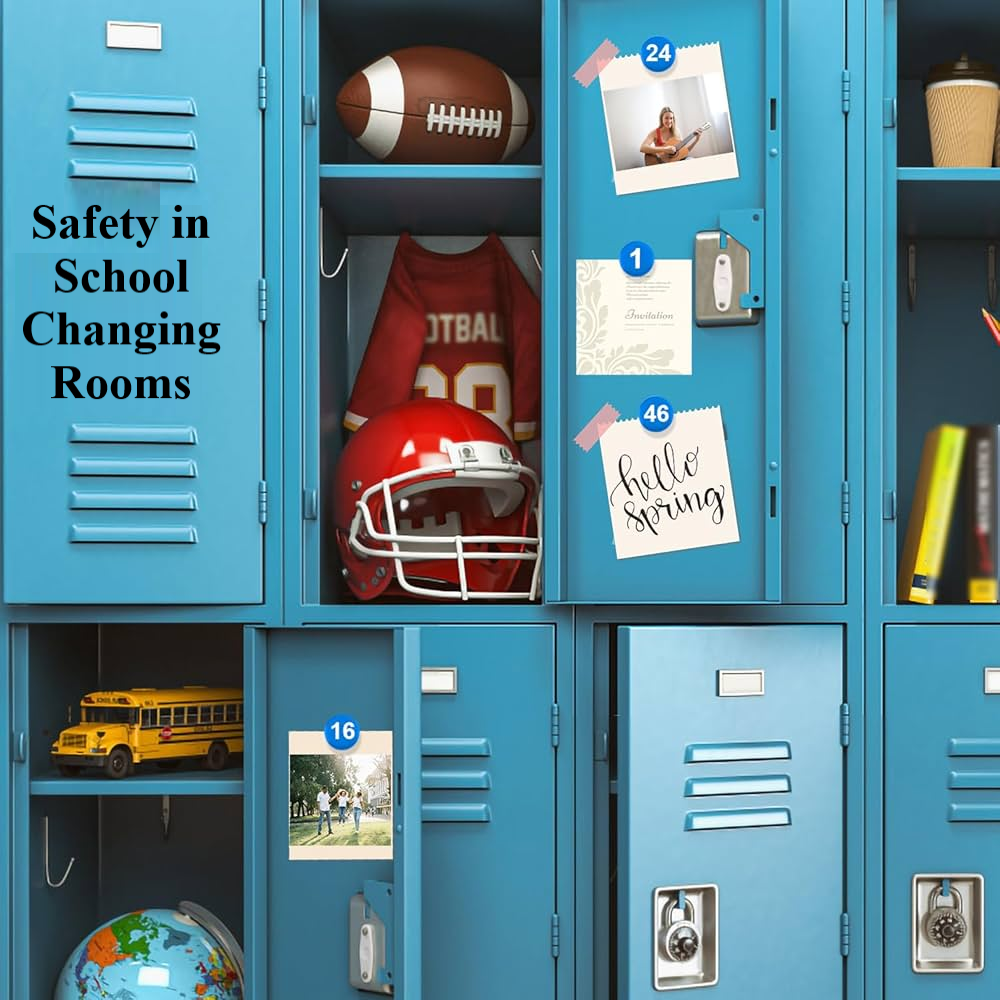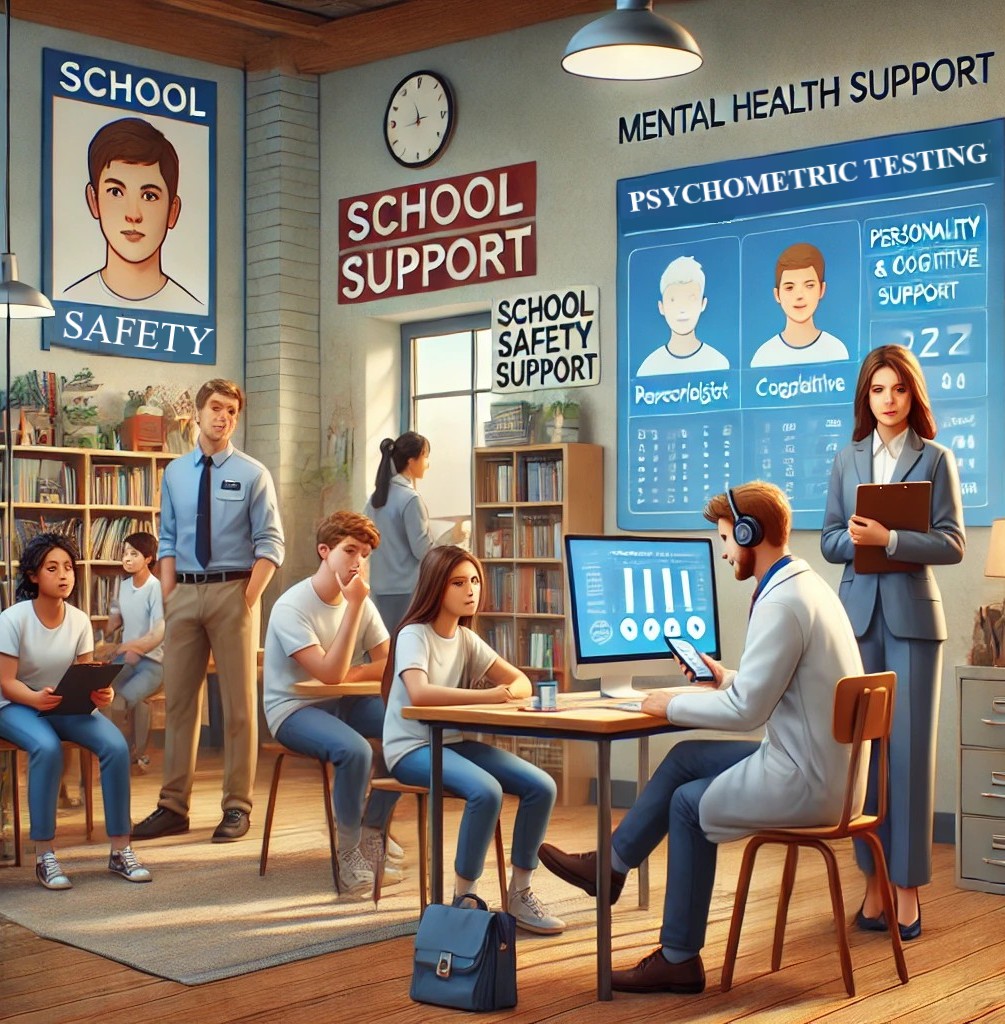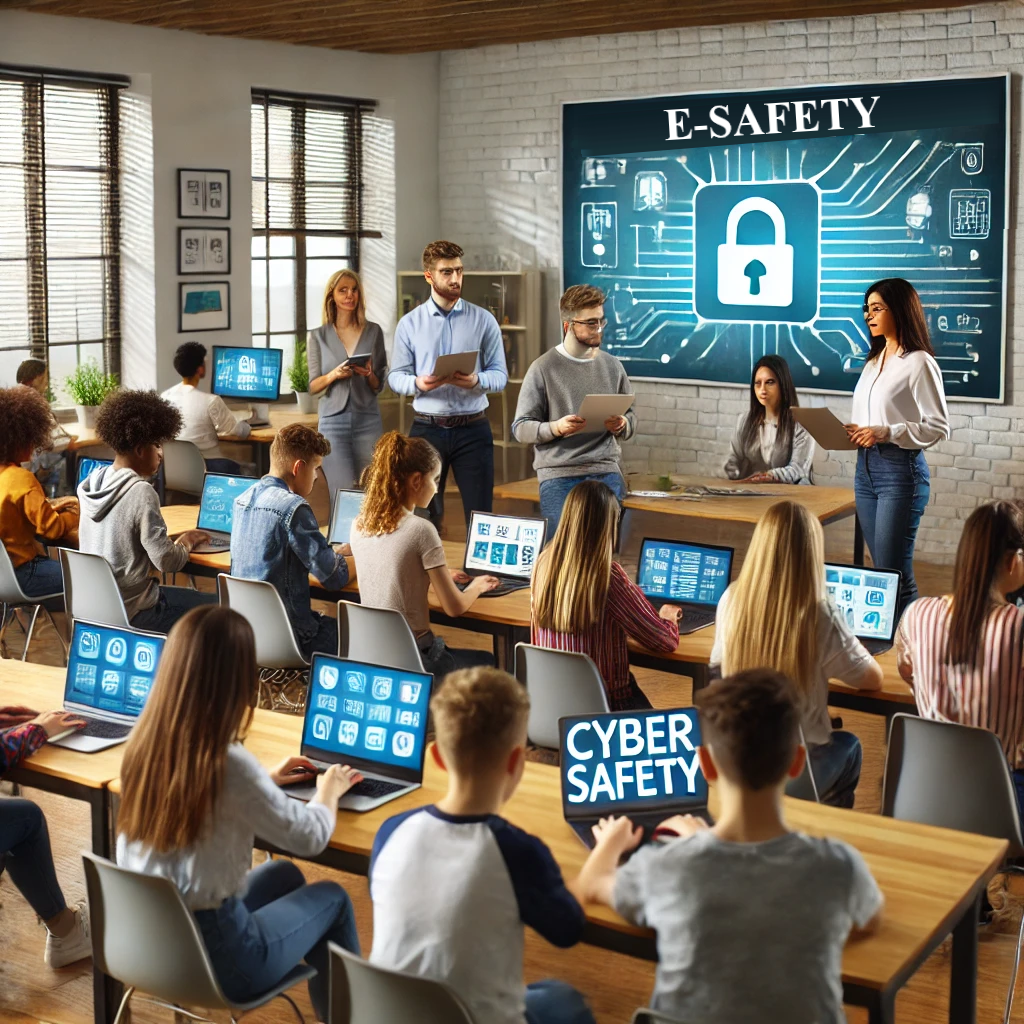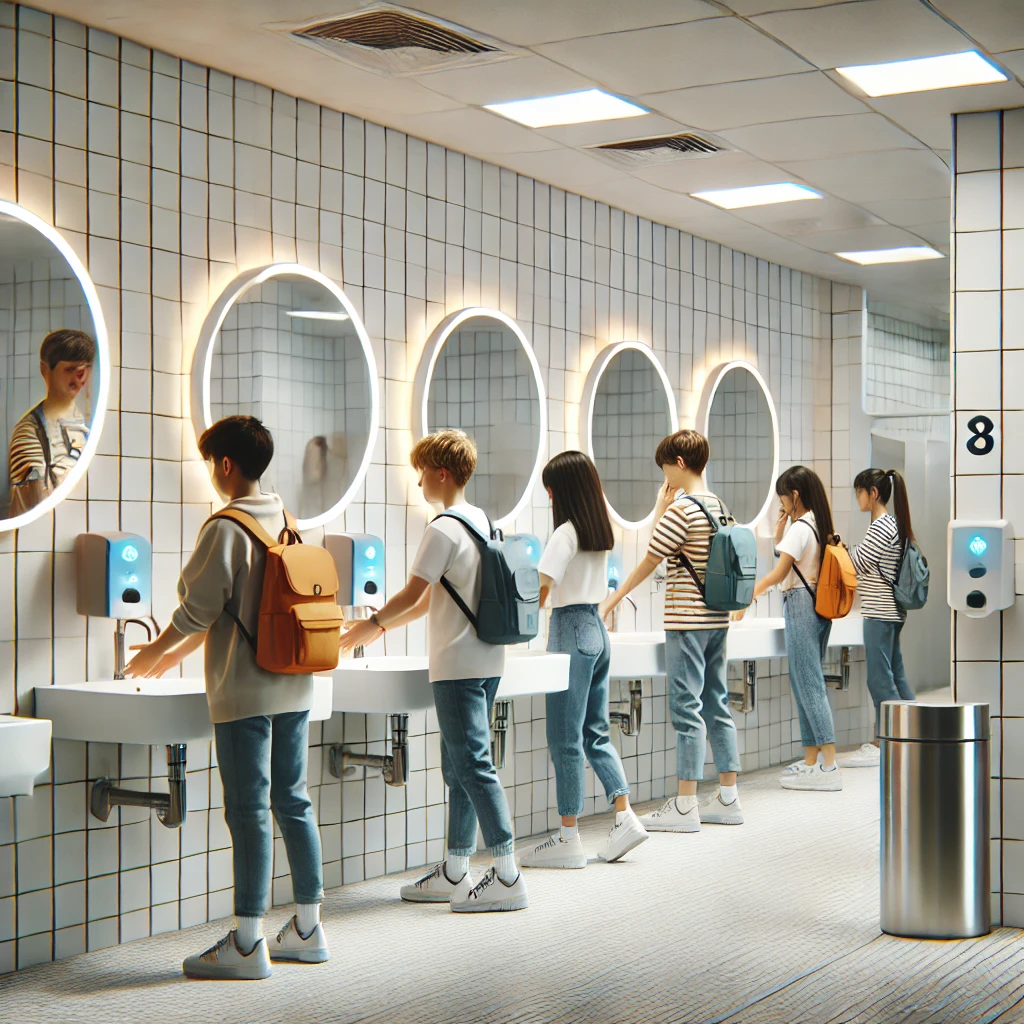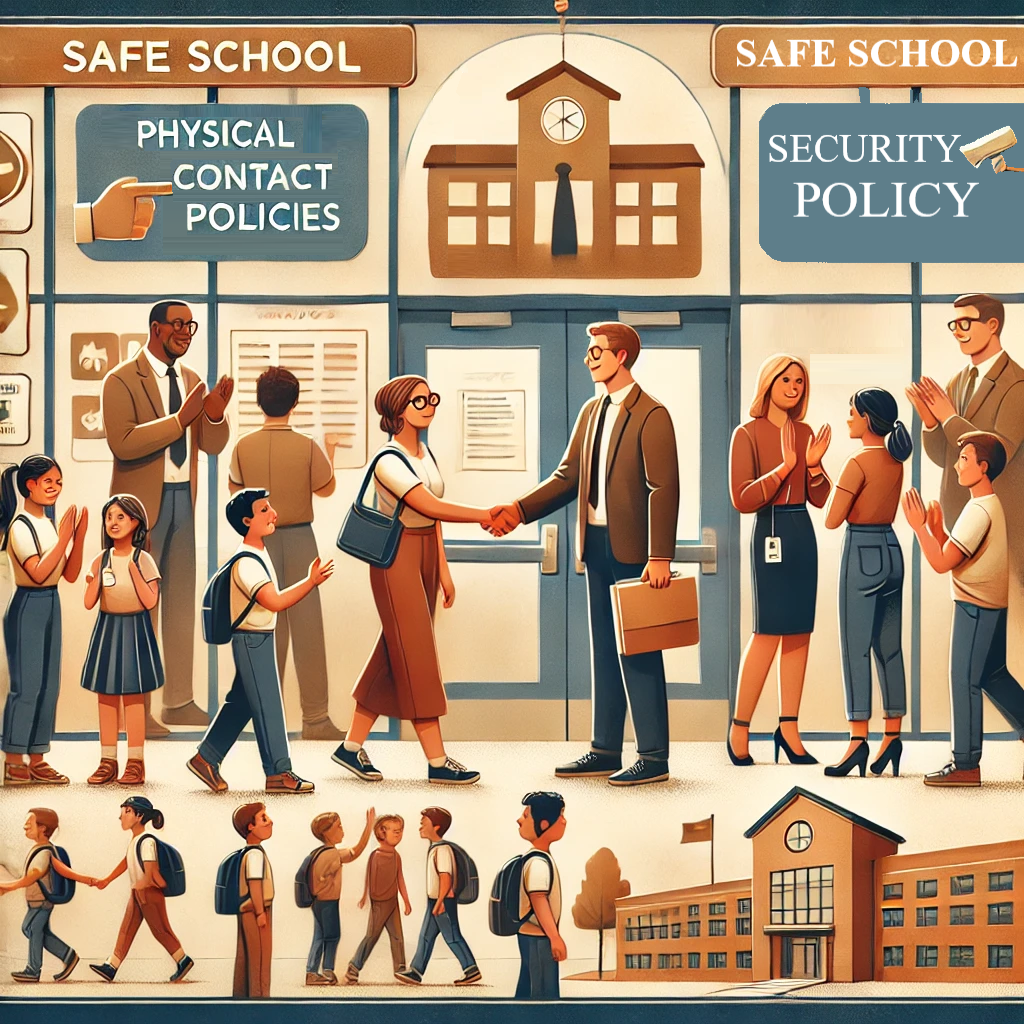Establishing an
Effective Policy for the Use of Electronic Devices in Schools
Introduction
The use of
electronic devices in schools is becoming increasingly common, as technology
advances and students become more comfortable with digital tools. However, it
is important for schools to have effective policies in place to ensure the
responsible and safe use of such devices. A well-defined policy can help create
a structured environment where students leverage technology for educational
growth while avoiding potential distractions and security risks.
Establish Clear Goals and Expectations
A successful policy
should clearly define the goals and expectations for the use of technology in
the classroom. It should explain how the school will use technology to promote
learning, collaboration, and creativity. Additionally, it should specify what
types of devices are allowed and when they should be used. A well-outlined
policy should also detail whether devices are to be used strictly for
educational purposes or if limited personal use is permitted.
Develop Guidelines for Responsible Use
It is important to
establish guidelines for responsible use of technology in school. These
guidelines should address issues such as acceptable online behavior,
cyberbullying, and the appropriate use of online resources. The policy should
also outline consequences for inappropriate behavior. Students must be educated
about digital ethics, ensuring they understand the impact of their actions in
the digital world.
Provide Training and Support
Providing teachers
and students with the necessary training and support to use technology
effectively is essential. This can include professional development sessions
for teachers on how to integrate technology into the classroom and student
workshops on responsible digital citizenship. Schools should also offer ongoing
guidance to adapt to technological advancements.
Monitor Usage and Enforce Compliance
Schools should
monitor the use of technology in the classroom. This can include monitoring the
type of content accessed by students, as well as the amount of time spent on
digital devices. Schools should also set up filters to block inappropriate
content. Furthermore, disciplinary measures should be enforced consistently
when violations occur, ensuring students understand the importance of adhering
to the policy.
By establishing a
comprehensive policy for the use of technology in school, schools can ensure
that students are able to use digital devices in a safe and responsible manner.
Additionally, this can help teachers to effectively integrate technology into the
classroom and enhance the learning experience.
